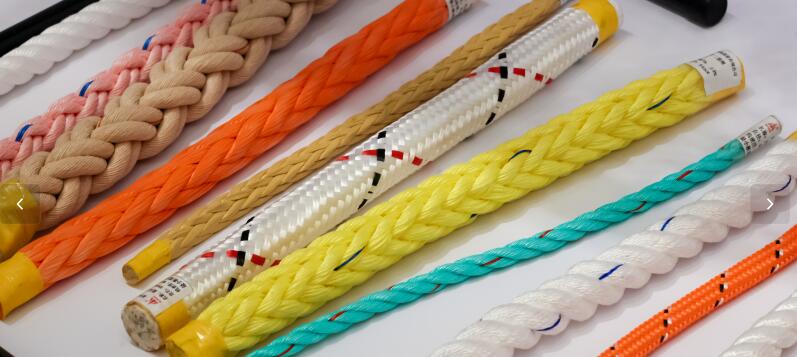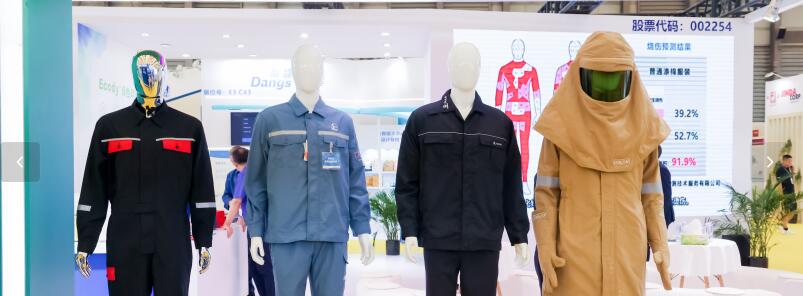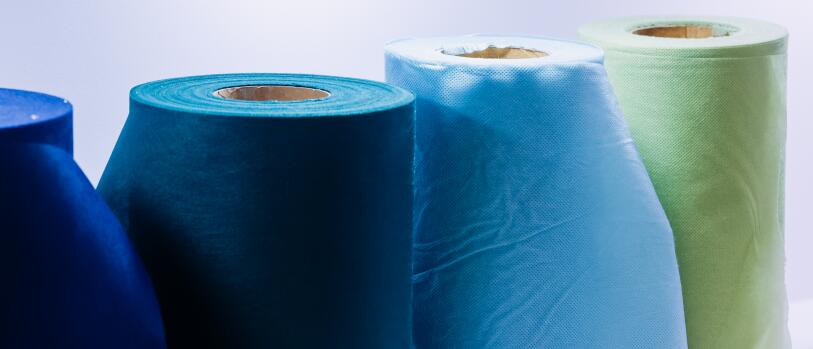About Industrial Textiles
Industrial textiles have been expressly developed and engineered to be used in goods, processes, or services primarily provided by industries other than textiles. Technical textile usually refers to any cloth created and employed for a non-decorative function. They are designed with performance in mind. It is possible to tailor industrial textiles to include any number of physical characteristics. Technical textiles are another name for industrial textiles which use a wide range of fibers and filaments depending on the intended application of the final product. Natural and synthetic raw materials are both used by manufacturers. Cotton, jute, silk, and coir are among the most common natural fibers.
When individuals grew more aware of fashion throughout the Industrial Revolution, they began to buy clothing for style rather than necessity. To get by before the Revolution, many made their garments from scratch. Textiles were no longer the primary focus, as apparel was, and new items were introduced as a result. Industrial, medical, environmental, geotechnical and construction textiles, as well as textiles used in transportation, aircraft and the military, and textiles for agriculture, forestry, and fishing, all fall within the broad category of specialty textiles. Lawn mower bags and mops/squeegees, and Spacer mesh are some examples of textile items.
Categories of Industrial Textiles in China
1 Medical and Hygiene Textiles
2 Filtration and Separation Textiles
3 Geotextiles
4 Building and Construction Textiles
5 Transportation Textiles
6 Safety and Protection Textiles
7 Reinforcement Textiles
8 Agrotextiles
9 Packaging Textiles
10 Sport and Leisure Textiles
11 Canvas and Tarp Textiles
12 Synthetic Leather Textiles
13 Insulation and Isolation Textiles
14 Thread, Rope and Webbing Textiles
15 Industrial Felt and Blanket Textiles
16 Others


